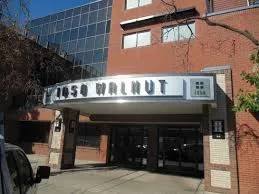Boulder blip: Sudden burst of sublease space hits downtown core


BOULDER — With considerable chunks of office space added to the Boulder market recently, it might be the right time for a new wave of high-tech entrepreneurs to consider moving to downtown Boulder.
“I think people will be able to take advantage and create some, should I say, ‘respectable’ deals over the next year,” said Stephen Tebo, chief executive of Tebo Properties and as experienced a hand…
THIS ARTICLE IS FOR SUBSCRIBERS ONLY
Continue reading for less than $3 per week!
Get a month of award-winning local business news, trends and insights
Access award-winning content today!
